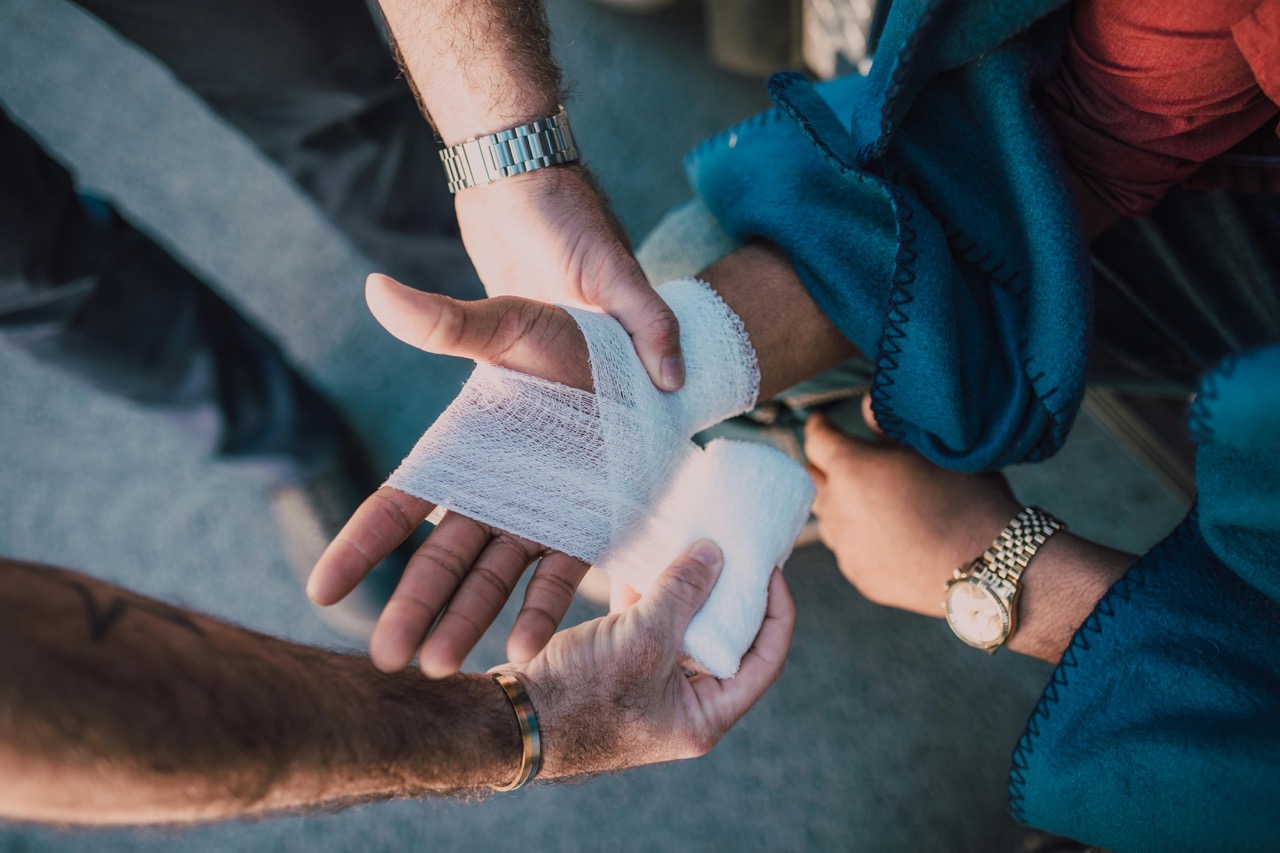We specialise in First Aid Training, CPR, Advanced Resucitation and Oxygen Therapy, LVR, Fire Training, Mental Health Training as well as First Aid Products
Nationally recognised training with same-day certificates.
Looking for first aid training or CPR courses near Airlie Beach and Cannonvale? At Mainstay Training, we specialise in delivering high-quality, nationally recognised courses designed to give you the skills and confidence to act in an emergency. From workplace compliance to maritime safety, our training covers everything from basic first aid to advanced resuscitation and oxygen therapy.
Our courses are engaging, hands-on, and tailored to suit all abilities and learning styles. Whether you’re a first-time learner or refreshing your qualifications, we make the experience both enjoyable and effective. With a focus on safety, confidence, and real-world application, Mainstay Training is your trusted choice for first aid training, CPR certification, and advanced oxygen therapy courses.
We are committed to providing the highest level of training and products to our customers and associates. By keeping up to date with the latest equipment, technology, and industry practices, we ensure you receive relevant and practical skills that can make a real difference.
Why Choose Mainstay Training?
- Nationally recognised and industry-compliant training
- Fun, interactive, and practical learning style
- Courses tailored for all learning abilities and industries
- Up-to-date with the latest equipment and best practices
- Experienced trainers passionate about safety and confidence
- Flexible training options: online theory plus face-to-face practical sessions
- Every course includes scenarios from your own workplace, so your staff train for the emergencies they’re most likely to face.

Updating your skills and train your employees, or gain invaluable knowledge that could potentially save someone’s life? Mainstay Training offers a range of First Aid Training Courses that help you to be fully prepared in the event of an emergency. We provide courses specifically designed for the maritime industry.
Our classroom is at:
Mantra Club Croc
240 Shute Harbour Road
Cannonvale 4802










.jpeg)

































